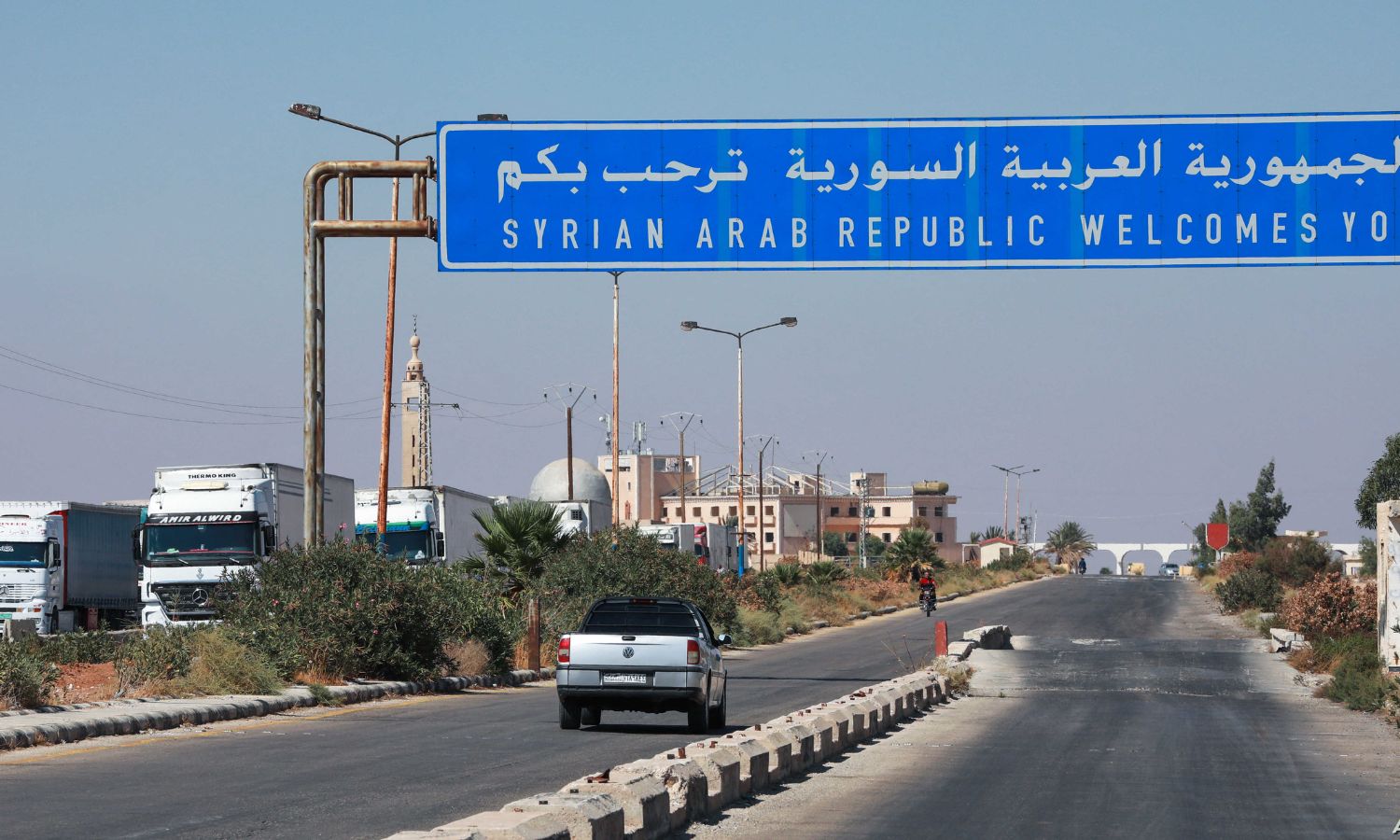
A wave of kidnappings is plaguing Syria, particularly in areas controlled by the Assad regime, as criminal gangs and individuals with ties to regime forces exploit the country’s ongoing instability. From minor girls to foreign citizens, kidnappers are targeting civilians for ransom, highlighting the collapse of law and order under Assad’s rule and the increasing role of militias and paramilitary groups in terrorizing the population.
In the most recent case, a member of the Syrian regime forces kidnapped a 15-year-old girl in Suwayda and demanded a ransom of $25,000 from her family, threatening to “sell” the girl if the payment was not made. The girl’s father, desperate for help, turned to local factions in Suwayda for assistance. These groups, with the aid of security branches, were able to trace the kidnapper through the phone number he used to contact the family.
The perpetrator, identified as Mazen Al-Shaer, a 26-year-old member of the regime’s Electronic Warfare Department, had lured the girl via Facebook, promising her marriage before abducting her during their first meeting. Al-Shaer confessed to hiding the girl in the village of Busan, east of Suwayda. Following his confession, emotions ran high, and a group of local residents executed him by firing squad during a chaotic public meeting.
The incident illustrates how vigilante justice has become a norm in many areas under regime control, as locals lose faith in Syria’s corrupt legal system. “Self-justice is a choice imposed by corruption in Syria,” one local source remarked. With the regime turning a blind eye to violations by militias and gangs, communities are increasingly taking matters into their own hands, driven by anger and frustration at the regime’s failure to maintain order.
The case in Suwayda is not an isolated incident. Across regime-held territories, criminal gangs and regime-affiliated militias frequently engage in abductions, exploiting a weakened security apparatus and the population’s vulnerability. Women and girls are often specifically targeted, with kidnappers banking on the families’ urgency to pay ransoms swiftly due to societal sensitivities.
In August, two Jordanian citizens, drivers Maher Al-Sufi and Muhammad Awida, disappeared while traveling the Amman-Damascus route. A gang soon contacted Awida’s family, demanding $150,000 for the release of the two men. According to relatives, the men were abducted near a military checkpoint in Daraa, a hotspot for kidnappings. The men’s car was later found sold in an area outside the governorate, leading to fears that the captives are being held in an undisclosed location, possibly a cave, according to sources close to the families.
Efforts by the Jordanian Foreign Ministry to locate the men continue, though progress has been limited. In many cases, victims’ families are left with little choice but to resort to unofficial channels, such as local militias, to rescue their loved ones. The regime’s intelligence services and security apparatuses are often accused of complicity in these abductions or, at best, negligence in combating the rise of kidnappings. According to local sources, there are growing suspicions that regime-affiliated paramilitary groups use kidnappings as a lucrative source of revenue.
“The Syrian judiciary is riddled with corruption, and families know that going through legal means will yield no results,” one activist said, emphasizing the regime’s failures to protect its citizens. “This is why we see families taking justice into their own hands. It’s a tragic consequence of the complete collapse of the rule of law.” The involvement of Syrian regime forces, both directly and indirectly, in these crimes adds a troubling dimension to an already dire situation.








